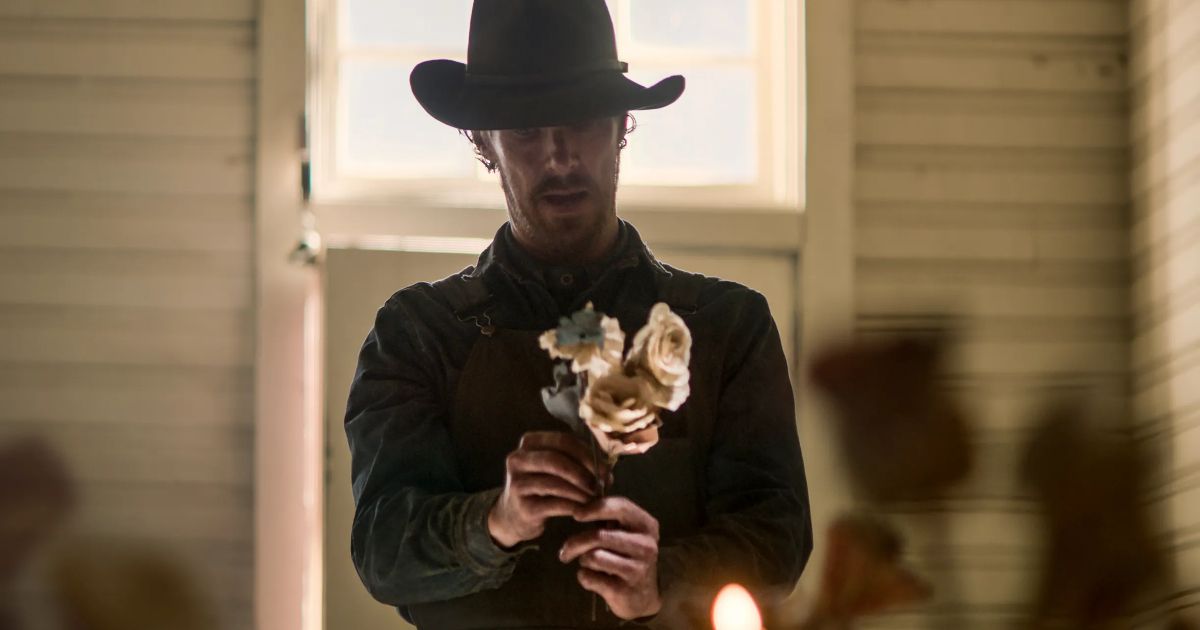What makes westerns and war movies the best reflection of contemporary American culture? It implies an image to pull up. It’s a contradiction that screams “Giddyup!” These days, the legendary John Wayne feels uncomfortable with New York City’s relatively cosmopolitan and forward-thinking surroundings.
Much like westerns, war movies are arguably just another quirky representation of ostensible American culture that often takes place outside the United States.However, it’s not necessarily about what these movies are about drawand quite a lot about what they do representThese two genres specifically contain core key attributes related to American culture.
War movies and American culture
Traditionalist suburban American homes were stereotyped with white picket fences and American flags. Today, the international perception of the American family is undergoing a major shift. People in other countries tend to imagine a basement full of submachine guns and enough ammunition to fully stock an army, or a neighborhood racist with a giant Confederate flag hanging from a balcony. There is. Internationally speaking, other countries see America through the prism of guns and war. As epitomized in war movies, God-fearing youths are ready to kill in a fog of bullets for their country.
The reality is a little different. The truth is that during wars, whether in Vietnam, Iraq, or Syria, US forces do not always enjoy the respect or approval of most citizens. , tend to portray the American military as a force for good in the world. It relies on the specific ideology of American culture into which the military is brought in to reprimand those who oppose it.
War movies epitomize American idealism
from Private Ryan, hacksaw ridgeWhen zero dark thirty To thin red line, longest day, When great escape, The great Hollywood war movies are often reminders of the sacrifices Americans made to ensure not only peace at the time, but the protection of humanity.As leaders of the free world, democracy and progress, freedom of speech American society has an inherent obligation to validate Western ideologies, such as the protection of human rights and civil liberties, all of which are at the forefront of American culture. on a good day.
Like the stripes and stars flying at half-mast in West Virginia’s front yard, war movies are patriotic.Whether it’s a famous image in a Clint Eastwood movie our father’s flag War-savvy General George Patton was one of five US soldiers to raise the American flag on Iwo Jima in the 1970s. Patton With his star-adorned helmet and more american sniper, Lone SurvivorWhen Born July 4th Famous for their star-spangled banners on their posters, these movies like to embody the American ideals of courage, valor, sacrifice, and flag-waving devotion to preserving the Commonwealth. All of this isn’t always true in American culture, but war movies represent the way America thinks of itself in the same way that traditional Westerners do.
Western movies evolving with American culture
Typically, Westerners are often used to symbolize white republican cowboys who hate indigenous peoples, saving families and villages from so-called “barbarians” and hunting down outlaws. On the surface, however, the Western is a genre of film that offers much to address cultural issues, reflecting the ever-changing landscape of American society over her more than a century. am. Westerns have adapted to the times and, more than any other genre, reflect America’s own way of thinking.
Like America itself, Westerners were once a frenzied genre that embraced hatred of minorities under the guise of “we are the good guys and you are the bad guys,” and it is now an obsolete macho man. really captured in his default animalistic stance. Defend, kill, attack. Yet, despite the supposed limitations of the narrative, Westerns have always been more than just for the sake of artistic expression. It was a genre malleable enough to use as a canvas for.
Ultimately, Westerns were deployed as a means of demonstrating the progressiveness of American culture and the destructive power of violent men. This is arguably the first John Ford classic to be mastered. Searchers, the virtually iconic John Wayne and everything he stood for was dismantled and revealed. The change was evident in films where heroes stand in the careless and ruthless jurisdiction of corporate self-interest, as seen in Sergio Leone’s films. Once upon a time in the West A lone wolf and a harmonica-playing gunslinger fight back against a tycoon trying to illegally acquire land to lay a railroad to further his wealth.
The West was then used to confront deep-seated problems in America like Quentin Tarantino. django unchained, A traditionally conservative genre is twisted to explore slavery, with the traditional white male lead replaced by an empowered black male. It has demonstrated how quickly it was integrated into American society.
Westerns and War Movies Today
Ultimately, the West has come to understand the emergence of the United States from a rough-hewn, chaotic, disorganized agglomeration of states (literally the Old West) and how that relates to the vision of the United States itself. tracked. Over time it has been revamped, redeveloped and reshaped (as seen in cinematic films) old henry, dog powerWhen concrete cowboy), and has become a great bastion of American progressiveness and socio-political progress. Many recent films embrace a more anti-war, humanitarian, and globally compassionate perspective.
Westerns and war films reflect American culture in more complex and detailed ways than other film genres. After all, America was the birthplace of western cinema and the master of blockbuster war movies for a century. These genres embrace the country’s small-scale conservatism and express the importance of freedom, independence, and morality. The screens on which these films are shown reflect to audiences American values and ideals, even if they are fictional in and of themselves.






